Growth of Freight Rail Services
The growth of freight rail services is a pivotal driver for the Railway Axle Market. As global trade continues to expand, the demand for efficient freight transportation solutions is on the rise. Rail transport is increasingly viewed as a cost-effective and environmentally friendly option for moving goods over long distances. This trend is reflected in the increasing investments in freight rail infrastructure, which are expected to enhance capacity and efficiency. Consequently, the Railway Axle Market is poised to benefit from this growth, as freight trains require robust and reliable axles to handle heavy loads. Market analysts suggest that the freight rail segment could account for a substantial portion of the overall railway axle demand, further solidifying the industry's position in the transportation sector.
Investment in Rail Infrastructure
Significant investments in rail infrastructure are propelling the Railway Axle Market forward. Governments and private entities are increasingly recognizing the importance of modernizing rail networks to enhance connectivity and economic growth. For instance, several countries have announced multi-billion dollar projects aimed at upgrading existing rail lines and constructing new ones. This trend is expected to create a robust demand for railway axles, as they are essential for the operation of both freight and passenger trains. The Railway Axle Market stands to benefit from these infrastructure developments, with projections indicating that the market could reach a valuation of over USD 5 billion by 2027. Such investments not only improve transportation efficiency but also stimulate job creation in the manufacturing and maintenance sectors.
Technological Innovations in Axle Design
Technological innovations are reshaping the Railway Axle Market, as manufacturers are increasingly adopting advanced materials and designs to enhance performance and durability. Innovations such as lightweight composite materials and improved heat treatment processes are being integrated into axle production, resulting in products that offer better resistance to wear and fatigue. This shift towards high-performance axles is driven by the need for greater efficiency and safety in rail operations. Additionally, the introduction of smart technologies, such as sensors for real-time monitoring of axle conditions, is likely to revolutionize maintenance practices within the Railway Axle Market. These advancements not only improve the lifespan of axles but also reduce operational costs for rail operators, making them a key focus area for future development.
Increasing Demand for Rail Transportation
The Railway Axle Market is experiencing a surge in demand due to the increasing preference for rail transportation as a sustainable and efficient mode of travel. As urbanization accelerates, cities are investing in rail infrastructure to alleviate traffic congestion and reduce carbon emissions. According to recent data, rail transport is projected to grow at a compound annual growth rate of approximately 4.5% over the next five years. This growth is likely to drive the demand for railway axles, as they are critical components in ensuring the safety and efficiency of rail systems. Furthermore, the expansion of high-speed rail networks in various regions is expected to further bolster the Railway Axle Market, as these systems require advanced axle technologies to support higher speeds and loads.
Regulatory Support for Rail Safety Standards
The Railway Axle Market is significantly influenced by regulatory support aimed at enhancing rail safety standards. Governments and international bodies are continuously updating safety regulations to ensure that railway systems operate at optimal safety levels. This regulatory environment encourages manufacturers to innovate and produce high-quality axles that meet stringent safety requirements. Compliance with these regulations often necessitates the adoption of advanced manufacturing techniques and materials, which can lead to increased costs but also higher product reliability. As safety becomes a paramount concern in rail transport, the Railway Axle Market is likely to see a rise in demand for axles that adhere to these enhanced safety standards, thereby driving market growth.


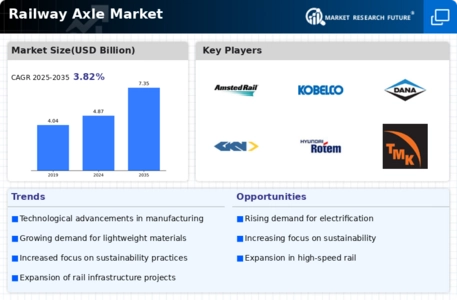
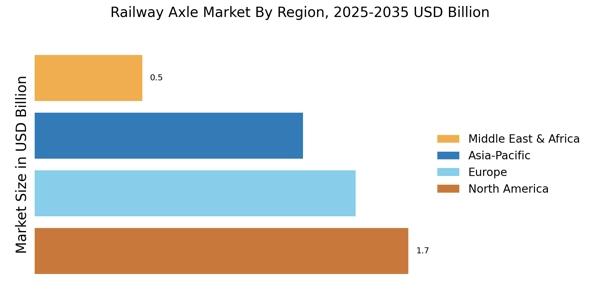
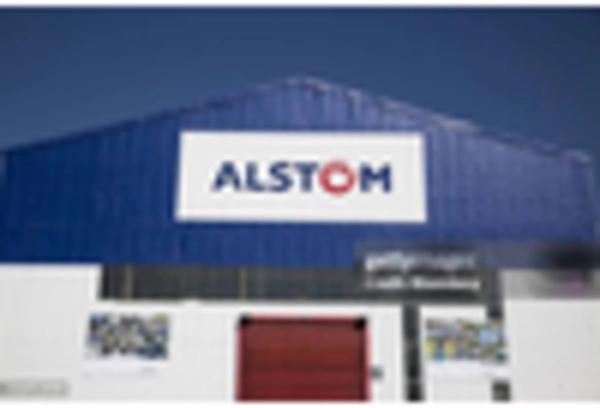

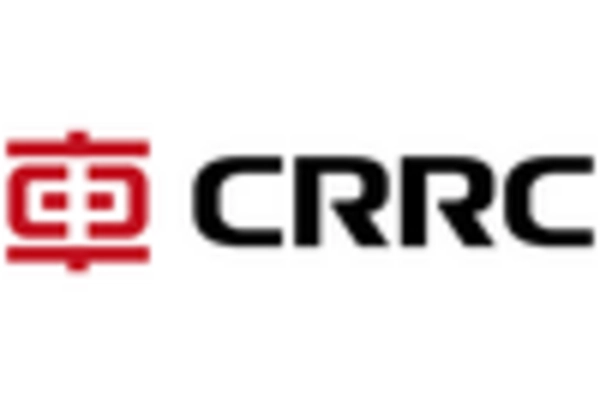
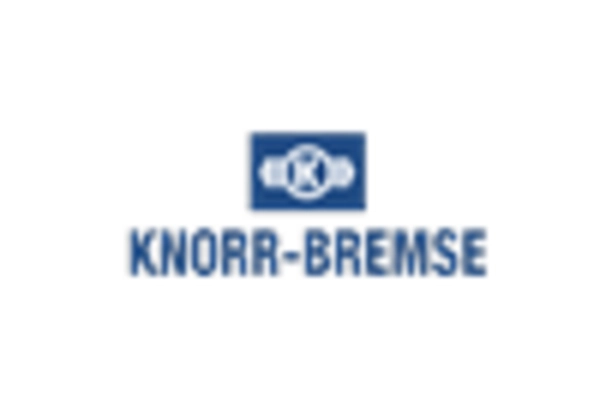

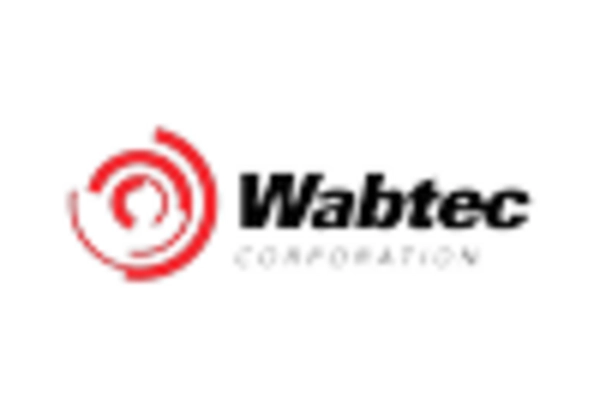








Leave a Comment